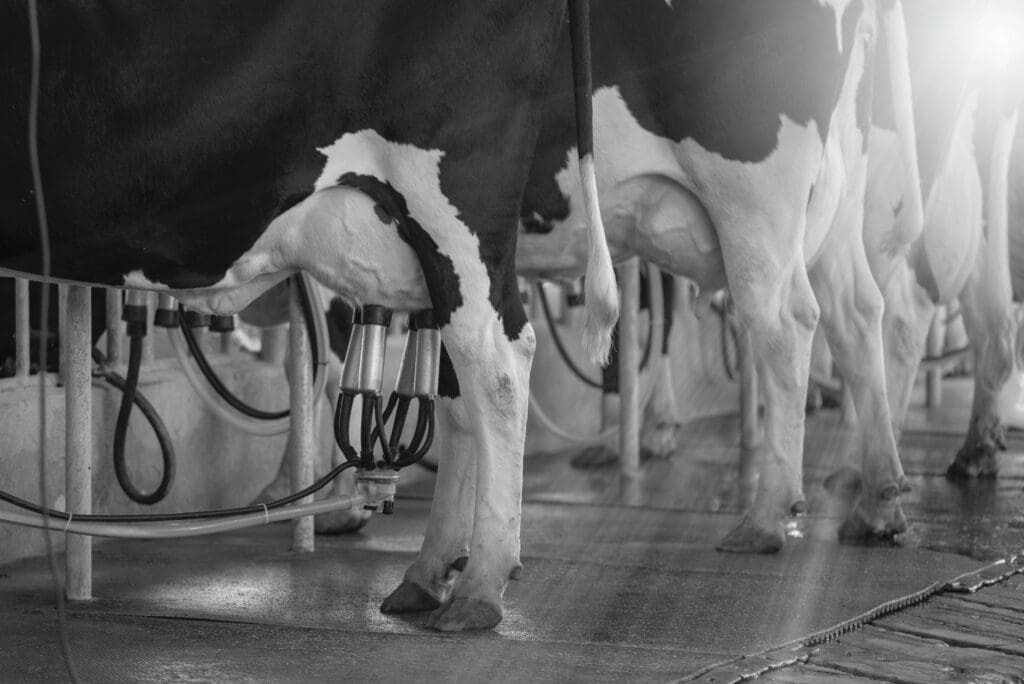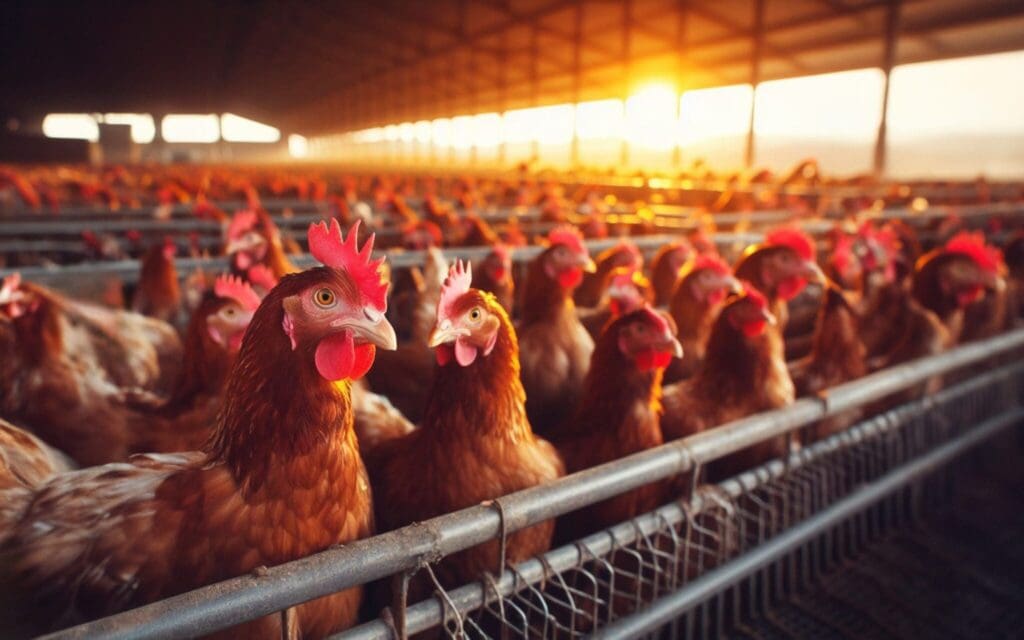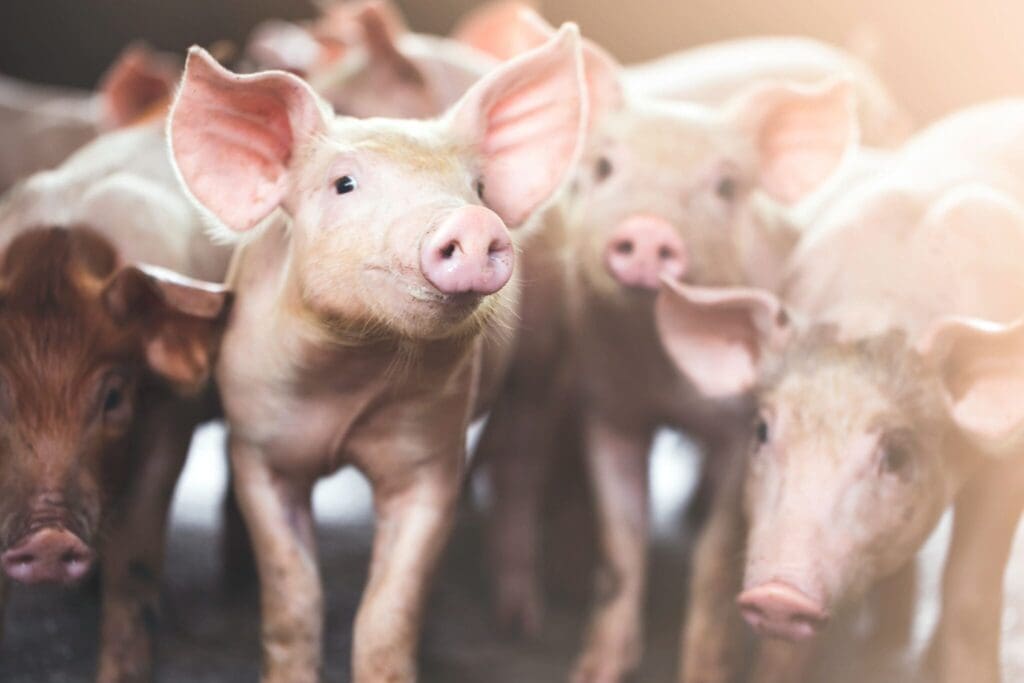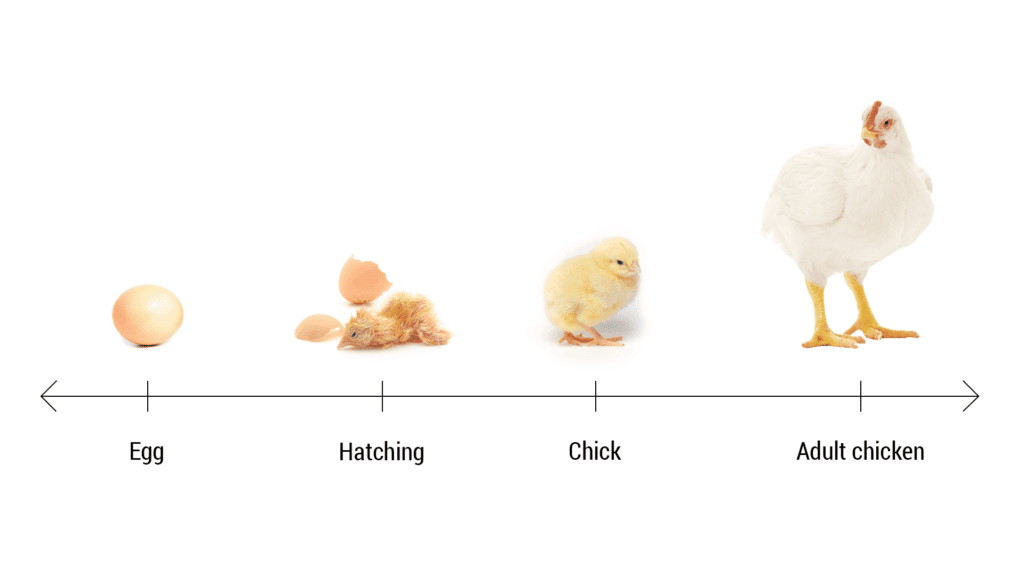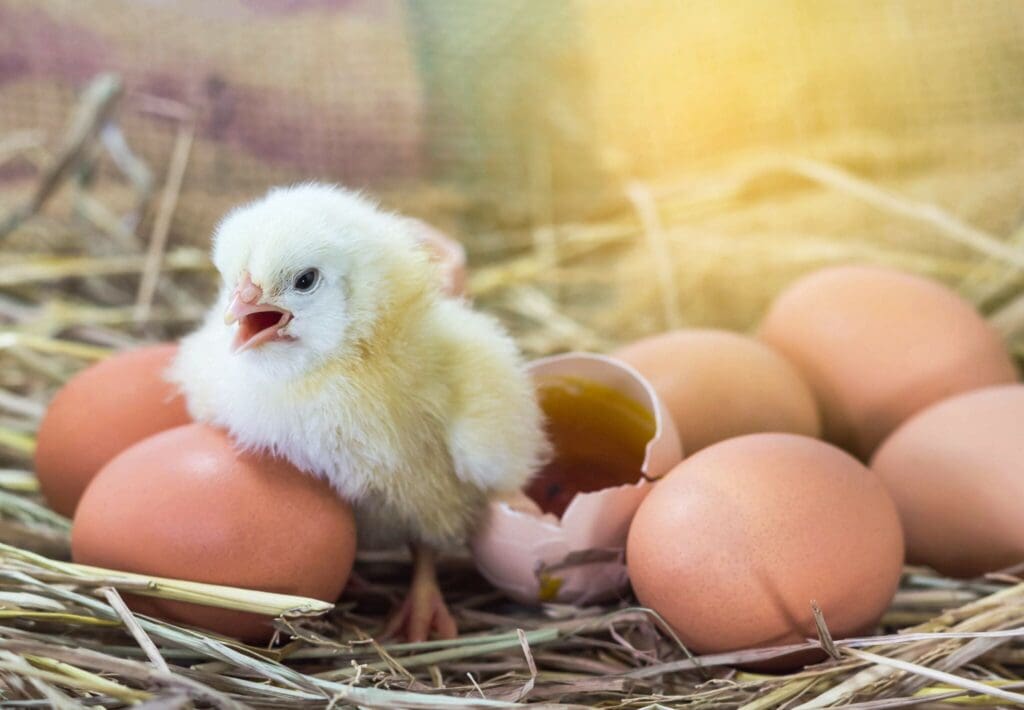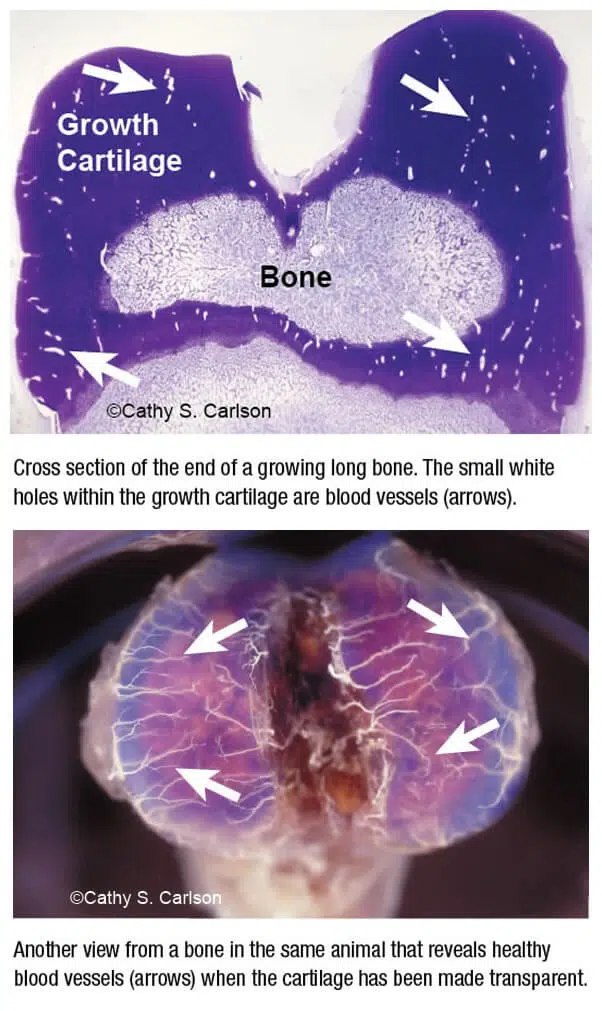Planning for retirement | |||
Easing transition for cull sows adds value while improving welfare
A sow spends most of her time in a protected environment, having more direct contact with humans and her offspring than with animals her own age and size. Now, after four or more parities (hopefully), it’s time to transfer her from the breeding herd and move the large, yet timid animal to another pen — with other cull sows that are also apprehensive about their new surroundings. This scenario often sets the stage for aggressive behavior. Pigs are social animals and inclined to establish a social hierarchy, which often involves confrontations among mixed sows. The natural body structure of the sow — a large head and shoulders — prevents her from moving quickly to avoid harm, says Terry Whiting, manager of animal health and welfare, Manitoba (Canada) Agriculture, Food and Rural Initiatives. “Sows are a lot like sailboats,” he explains. “They walk very slowly and have a maximum hull speed, or rate of forward motion, and no amount of sail or pushing will make them move any faster.” Given all these factors, Whiting encourages swine producers to manage retiring sows to ensure proper animal welfare, handling and value for the operation. Optimizing soundnessProducing a high-value sow so she is resilient at the end of her life begins with gilt selection, continues during grow-out and proceeds through the productive life of the sow.
According to Whiting, maintaining a minimum body condition score (BCS) of at least 2 throughout lactation is critical. However, a BCS of 3 or 4 is ideal. If a sow is scheduled to exit the herd, maintaining body condition during her final lactation helps ensure a high-value cull sow (Figure 1). Not only do today’s sows have the potential to gain weight quickly, but the additional weight and time also improve overall sow quality. First- and second-parity lean cull sows have the potential to gain 2 to 4 lbs (0.9 to 1.8 kg) per day following lactation. Welfare of the cull sowFinding the right person to handle cull sows is important to their well-being. “The best employee to work with cull sows is the one who is calm and never in a hurry — someone who understands and respects the sow,” Whiting says.
Cull sows are fragile commodities and face multiple levels of stress when they are moved to cull pens. Unfortunately, many cull sows often endure three or more “transportation events” before reaching their final destination. Placing nipple waterers on all sides of the cull pen encourages sows to drink and stay hydrated before transportation. Assessing the condition of each cull sow prior to load-out is critical. A downer or sick sow needs to remain on the farm. Dead-on-arrival and dead-in-pen animals are liabilities for the swine producer, as well as the packer. “Ideally, we would like to deliver our cull sows directly to the nearest processing facility,” Whiting says. “A single step-up and step-down trailer is preferable to ramps.” Transit tipsSimple adjustments in load-out — providing ramps with less than 20% rise, moveable toe clips, slip-resistant flooring, resting areas every 8 ft. (2.4 m) and concrete stair steps — help protect sows.
Swine producers should avoid transporting sows on trucks with internal 45-degree ramps, which are too steep for a sow. Sows also require more room during transport. Carrying capacity on a trailer with an 8.3 ft. (2.5 m) internal width is never more than 50 lbs (22.7 kg) of live cull sow per sq ft (0.093 sq m) under perfect weather conditions, or 415 lbs (188.2 kg) per running foot (0.3 m) of deck. In comparison, market hogs can be loaded at about 60 lbs (27.2 kg) of live hog per sq ft (0.093 sq m) or 500 lbs (226.8 kg) of live hog per running foot (0.3 m) of deck. “If we can keep them hydrated, avoid steep ramps and reduce transportation, the welfare of our sows will be greatly improved before harvest,” Whiting says. Moral obligationWhiting says an important aspect of modern swine production is animal care and handling. “Consumers — like producers — want their food to be safe. It’s important that the people caring for the animals have a commitment to the well-being of the animals,” he says. “It is our job as swine producers to set a moral standard of respect for people and pigs throughout their life cycle and that includes the humane treatment of sows,” Whiting adds. For more information: Contact your Zinpro Performance Minerals representative or click here. | |||||||||||
| | | | |||||||||
| | | | |||||||||
| Feet First® Update is a publication produced by Zinpro Corporation and the Feet First Team, an international collaboration of researchers, veterinarians and nutritionists. The Feet First program focuses on swine welfare and helping improve the efficiency of pork production through the identification and prevention of lameness. Articles may be reprinted with prior permission. Performance Minerals® and Feet First® are trademarks of Zinpro Corporation. ©2013 Zinpro Corp. All rights reserved. You are receiving this email as a courtesy from Zinpro Corporation. Please know that you can unsubscribe at any time by sending us notice in writing, by calling or by clicking the unsubscribe link below. 10400 Viking Drive, Suite 240, Eden Prairie, MN 55344, USA • www.zinpro.com • +1 952-983-4000 | |||||||||||
| | | | |||||||||
Chemuniqué empowers feed and food producers with the most innovative animal performance solutions, enabling our clients to consistently advance the efficiency of production.
